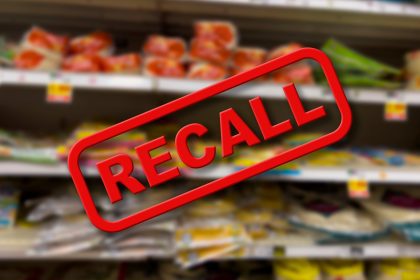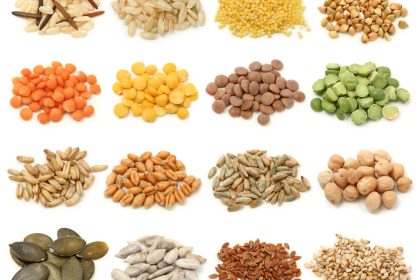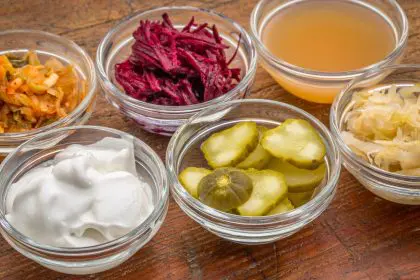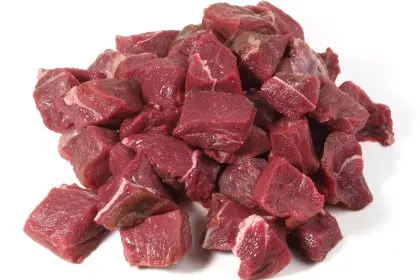The Food and Drug Administration’s decision to ban red dye no. 3 is a landmark moment in food safety regulation, marking a shift toward stricter oversight of synthetic food additives. This action, rooted in the Delaney Clause of the Federal Food, Drug, and Cosmetic Act, addresses longstanding concerns over the dye’s potential health risks, particularly its links to cancer in laboratory studies. While the debate over synthetic dyes has persisted for decades, the ban reflects growing recognition of the need for caution in protecting public health.
Scientific foundation
Decades of research have raised concerns about the safety of red dye no. 3, also known as erythrosine. Laboratory studies have linked the dye to carcinogenic effects in animals, fueling debates over its potential risks to humans. Although direct links to human cancer remain unproven, the precautionary principle has driven the FDA’s decision. In addition to cancer concerns, red dye no. 3 has been associated with behavioral changes in children, such as hyperactivity and attention deficits. These findings have intensified calls for its removal from consumer products.
The FDA’s decision underscores its commitment to prioritizing public safety, even in the absence of definitive human studies. By addressing risks highlighted in animal research, the agency aims to prevent potential long-term harm.
Industry implications
The ban impacts a wide range of industries, from food manufacturers to pharmaceutical companies. Red dye no. 3 has been a staple in products like candies, baked goods, and medications due to its vibrant color and stability. Now, manufacturers face the challenge of reformulating products to comply with the new regulations.
The FDA has established clear deadlines for compliance, requiring food products containing the dye to be reformulated by January 2027. Pharmaceutical companies have an additional year, with a deadline of January 2028. These timelines aim to ensure a smooth transition, giving manufacturers ample time to identify and test alternative coloring agents.
While the reformulation process may pose logistical and financial challenges, it also presents an opportunity for companies to align with shifting consumer preferences.
Consumer guidelines
For consumers, the ban raises questions about the safety of current products still on the market. During the transition period, products containing red dye no. 3 will remain legal for sale and consumption. The FDA has assured the public that the dye does not pose an immediate threat, allowing for a phased implementation that minimizes market disruptions.
However, health-conscious consumers may choose to avoid products containing the dye in favor of alternatives using natural colorings. Increased awareness of food additive safety has already driven demand for products free from synthetic dyes, a trend likely to gain momentum in light of the ban.
Market adaptation
The ban reflects broader shifts within the food and pharmaceutical industries. Many manufacturers have preemptively moved away from red dye no. 3, anticipating regulatory changes and responding to consumer demand for cleaner labels. This proactive approach has eased the transition for some companies, enabling them to meet compliance deadlines without major disruptions.
Natural coloring agents, such as beet juice and annatto, have gained popularity as safer alternatives to synthetic dyes. While these options may come with higher production costs, they align with the growing consumer preference for transparency and natural ingredients.
The ban also serves as a wake-up call for companies relying heavily on synthetic additives. As regulatory scrutiny intensifies, manufacturers are likely to invest more in research and development to create safer, more sustainable products.
Future considerations
The FDA’s decision may be a precursor to broader regulatory changes in food safety standards. Red dye no. 3 is just one of several synthetic dyes under scrutiny for potential health risks. Industry experts anticipate increased pressure to evaluate other food additives, including artificial sweeteners and preservatives.
This shift aligns with global trends, as countries around the world adopt stricter regulations on synthetic additives. By taking a more cautious approach, the FDA positions itself at the forefront of food safety innovation, setting a standard for other nations to follow.
For consumers, the ban represents a step toward greater transparency and accountability in food production. As awareness of additive safety grows, the demand for natural, minimally processed products is likely to reshape industry practices.
Implementation timeline
The FDA’s structured phase-out period provides clarity for manufacturers and consumers alike. Unlike abrupt recalls, the gradual implementation allows companies to adapt their production processes without disrupting supply chains. This approach reflects the agency’s effort to balance public health concerns with practical considerations for businesses.
Manufacturers must meet the compliance deadlines to avoid enforcement actions, such as product recalls or financial penalties. While the transition may be challenging, it also offers an opportunity for companies to innovate and meet the evolving expectations of health-conscious consumers.
In the long run, the ban on red dye no. 3 is more than a regulatory milestone—it is a testament to the power of science and public advocacy in shaping a safer, healthier future.














